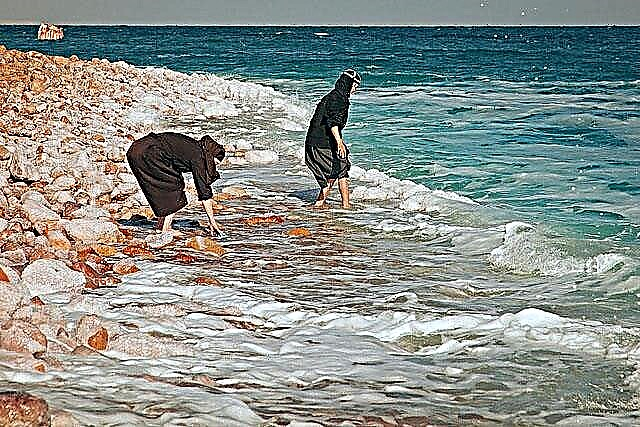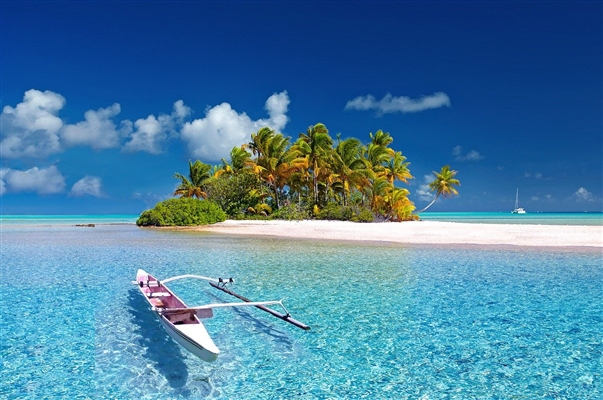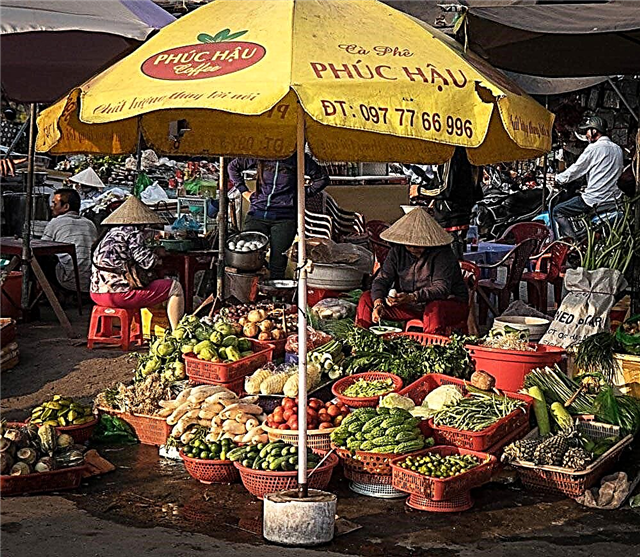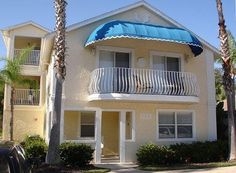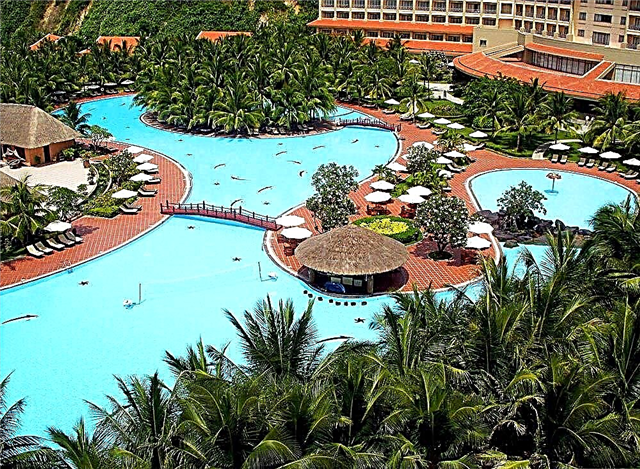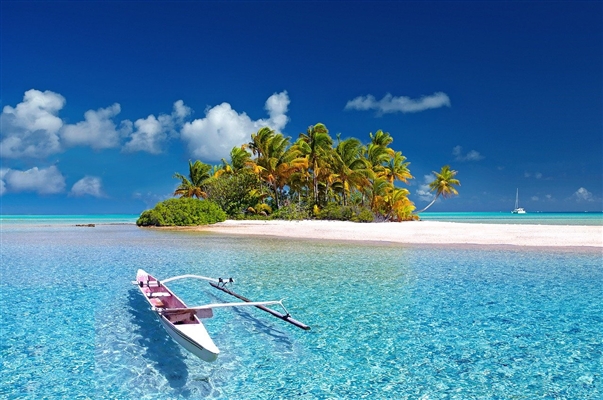
Castles, museums, fortresses, temples of Bavaria - we tell you about the sights that you need to see as part of an independent trip to this region.
Look for author's interesting excursions on the Sputnik and Tripster websites. Individual and group, no crowds of tourists and in Russian.
Bavaria is a land of romantics, it never ceases to delight. Green hills, pristine lakes and snow-capped Alps, as well as majestic castles and fortresses will inspire anyone, not without reason Germany's romantic road passes through these places. The cities of Bavaria are no less picturesque: Munich, Nuremberg, Augsburg, Würzburg, Fussen, Bamberg, Regensburg and others. We have compiled a list of attractions that, in our opinion, are a must-see when going on an independent trip to Bavaria.
It is convenient to travel around Bavaria on your own with a rented car. In addition, it is easy to travel around Germany by buses and trains. They can be used to get from Munich to Innsbruck and Berlin.
Bavarian cities: what to see on your own?
Nuremberg
Nuremberg - "Treasury of the German Empire", which has retained its medieval appearance: characteristic half-timbered houses with red tiled roofs, cobblestones, narrow streets and wide squares. The city is interesting in many ways, and it will take more than one day to explore it.
What to see:
- Burg, or Nuremberg Castle, which consists of the castle of the emperors Kaiserburg, Burggrafenburg and the fortress of Nuremberg.
- Market square - the site of the Christmas market, which is famous throughout Germany. From the first of December, when the bazaar opens, everything here is imbued with the spirit of Christmas: music plays, lights are lit, you can taste traditional dishes - delicious lebkuchens and marzipan, fried sausages and chestnuts, as well as warming mulled wine. Christmas Nuremberg immerses adults in a fairytale atmosphere, making them come back to this city again and again.
- The square is dominated by Frauenkirche church, attracting tourists for hours with moving miniature subjects, worshiping the toy king exactly at noon, and nineteen meter fountainwhich is especially impressive at night. A legend is connected with it about an apprentice who supernaturally inserted a ring into the forged lattice of the fountain - it is believed that the desire of the person who turned the ring will definitely come true.
- Museums: Toy Museum, Albrecht Dürer Museum, Transport Museum, German National Museum, Postal and Communications Museum.
- Nuremberg Town Hall - copies of imperial relics are kept here: crown, scepter and orb. And in the basement of the building there was previously a prison and a torture chamber.
- Churches St. Sebald, St. Lorenz, St. Lawrence, etc.
- Palace of Justice will be of interest to those who are interested in the history of the Second World War: the Nuremberg trials were held here - in room 600, a sentence was passed on Nazi criminals.
To explore the city's most significant architectural monuments, it is best to take the so-called Nuremberg Historical Mile, a tourist route that passes through the medieval buildings of the Old Town.

Würzburg
Würzburg is a city undeservedly ignored by travelers. Foreign tourists usually do not drop in here, but in vain: the miniature Baroque town is full of magical charm. When traveling around Bavaria, be sure to check out Würzburg!
The first mention of it occurs in 704. The first knightly tournament in German lands was held in Würzburg, in the Middle Ages the city was one of the centers of witch hunts, and in 1945 British aircraft turned almost the entire city into ruins - fortunately, the city was rebuilt.
What to see:
- Marienberg - a fortress on the other side of the Main, which until 1720 was the seat of bishops. It rises above the river and the city, but it is also noticeable for the mixture of architectural styles in its appearance, since the fortress was repeatedly rebuilt and completed. It houses the oldest church in the city, the Marienkirche, in which bishops were buried. There are also two historical museums - Fürstenbau and the Main Franconian Museum.
- Old bridge, which connects the fortress directly with the city. The bridge is decorated with 12 statues of saints, bishops and German rulers.
- Lovers of the Baroque should definitely visit the city, because it is famous for a magnificent example of the late Baroque - Würzburg episcopal residence, which is a monument of world culture.
- Churches: Würzburg Chapel, St. Kilian, Neumünster Church, Mary's Chapel and St. John.
Oberammergau
Oberammergau is a small Bavarian town, which is notable for the fact that the houses in it are painted with fairy-tale or biblical stories and scenes, as well as traditional ornaments. It looks just magical against the background of the snow-capped peaks of the Alps - this is a must see in an independent trip to Bavaria. There is a theater in which performances lasting six months are held every 10 years, and the actors are the inhabitants of the town. Nearby is Linderhof - the castle of Ludwig II.

Where to find cheap tickets? It is most convenient to do this using the search engines Aviasales and Skyscanner. To find the best price, check both and see tickets for different dates. Read also the instructions on how to search for cheap flights correctly.
Munich
Who, traveling around Bavaria, will miss the chance to visit the beer capital of Germany and treat themselves to excellent German beer, or even visit Oktoberfest?
What to see:
- Marienplatz, the main square of Munich, and the buildings of the New and Old Town Halls. The new town hall is notable for the Glockenspiel clock, which plays out scenes from city life.
- Churches: Frauenkirche - the tallest building in Munich (in the city you will not see a single skyscraper - their construction is prohibited), St. Peter's Cathedral, St. Michael, Azamkirche.
- English garden, one of the largest parks in the world (by the way, nudists are allowed to sunbathe here) and Olympic park.
- Residence Museum, whose buildings are built in different styles, cannot be viewed in one visit - the complex consists of 10 courtyards and 130 halls.
- For connoisseurs of beauty and grace, Munich offers its pinakothek (Old, New and Contemporary Art) and glyptotek.
- Dachau concentration campwhere the exposition takes place.

Augsburg
Augsburg is an ancient Bavarian city founded by the Romans back in 15 BC. e.
What to see:
- town hall - the symbol of Augsburg. In the luxurious Golden Hall of the Town Hall, decorated with paintings, the main events of the city are held;
- Fuggerei quarter - a historical district of municipal housing, named after the founder Jacob Fugger, a kind of city within a city - with its own church, gate, well and school;
- Perlachturm tower;
- family houses Brechts, Mozart and Fuggers;
- basilica of st. Ulrich and Afra, St. Anna and the Cathedral of the Virgin Mary;
- House of weavers - this multi-colored house is impossible not to notice.
Travel accommodation.Look for hotels at the best price on Roomguru.ru - it compares the prices of various booking systems and finds the best one.

Bamberg
Bamberg, like Rome, is located on seven hills. This is an old episcopal town that miraculously survived the Second World War and preserved its medieval architecture. Bamberg gained fame as a city that has preserved the traditions of brewing - there are 10 breweries at once, and about 80 in the district. It is in Bamberg that Rauchbier beer with a special smoky taste is still produced. An independent trip to Bavaria would be simply incomplete without tasting excellent German beer.
The city is compared not only with Rome, but also with another Italian city - Venice: the picturesque area along the Regnitz River dividing the city is called Little Venice.
What to see:
- Bamberg cathedral - an example of Romanesque architecture with Gothic elements;
- Altenburg - a fortress that previously belonged to the archbishops of the city and served as a refuge for refugees. In due time it was visited by E. T. A. Hoffman and A. Durer;
- old town hallbuilt on an artificial island;
- abbey of st. Michael;
- rose gardenoffering breathtaking views of the city.

Fussen
The main and final point of our independent journey through Bavaria is Füssen. It is familiar to everyone as the city, next to which the castles of Neuschwanstein and Hohenschwangau are located, and also as the last point of the Romantic Road in Germany. As a rule, little attention is paid to Füssen: most tourists visit Ludwig's castles and return to Munich without enjoying the gingerbread houses of the miniature town, decorated with colorful paintings and signs.
What to see:
- abbey of st. Magnus;
- Upper lock;
- Neuschwanstein, or "New Swan Cliff", built by the romantic king Ludwig II, whom Paul Verlaine spoke of as the only true king of the nineteenth century. This fabulous castle in the air amazes everyone's imagination. Unsurprisingly, he became the idea behind the "Moon King" fix, who identified himself with Lohengrin. Neuschwanstein Castle is no less beautiful in winter than at other times of the year, but it is recommended to visit it in autumn, when the crimson colors emphasize its whiteness.
- Hohenschwangau, which also rises on a cliff. Like Neuschwanstein, the castle is decorated with frescoes based on Germanic legends.
- Roman road of Caesar Augustus;
- Church of the Suffering Christ in Wiese;
- Mount Tegelberg (you can go there by funicular);
- lakes Alpsee, Schwansee, Forggensee and Weissensee.



